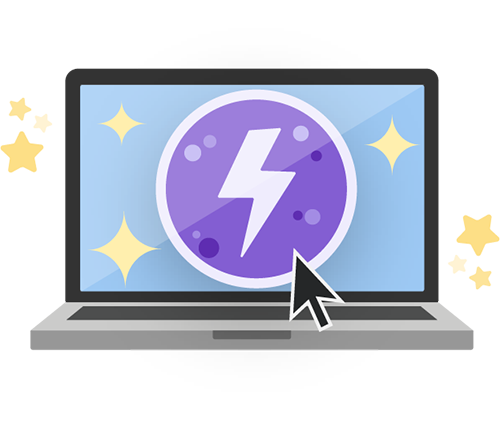Billing Group Psychotherapy with CPT Codes 90849 and 90853
By TherapyNotes, LLC on October 3, 2018


Group psychotherapy can help patients feel supported and held accountable by others with similar issues, providing the best treatment for certain individuals and conditions. The benefits of group therapy for clients are clear, but what's less obvious is how to code these sessions. Don’t worry: We can help.
Here’s what you need to know about the group psychotherapy codes, 90849 and 90853.
Defining 90849 and 90853
The CPT codes 90849 and 90853 are used when people with similar issues or conditions are treated in a group. Whether that’s a few families trying to reconcile after a spouse cheats or individuals with depression seeking support, the session must use psychotherapy to qualify for the codes and the issue must be best treated in a group setting.
What distinguishes the two codes is the type of patient: 90849 is for multiple-family group psychotherapy and 90853 is for general group psychotherapy. This affects who can attend the session. Whereas multiple-family group psychotherapy will have family members in attendance, general group psychotherapy will only have the individual clients present.
Coding guidelines
Here are a couple of things to keep in mind when using 90849 or 90853:
- Family counseling does not include the supervision of or therapy with caretakers or staff.
- The interactive complexity add-on code (90785) may be used with 90853.
Other guidelines may apply, so be sure to check each specific plan.
Billing to insurance
Getting reimbursed for group psychotherapy depends on the insurance.
For example, 90849 is generally not covered by Medicare, but 90849 and 90853 may be covered by Minnesota Health Care Programs (MHCP) and 90853 may be covered by Excellus. So, it varies by plan and region. But in general, group psychotherapy is not reimbursed by commercial insurance companies, making it important to have a policy in place stating that clients will be liable for all charges not covered by insurance (ideally on the Consent for Services form). This ensures you're compensated for your time.
Keep in mind that each participant in the group psychotherapy session should have unique documentation, including a description of the session and how the session contributed to the patient's treatment goals. Also, make sure for 90849 that you document when a family member is excluded from a session, including the reason why they're missing the appointment and the length of time that they're absent. For both 90849 and 90853, be sure that your documentation identifies the patient(s) and includes an appropriate covered diagnosis whenever possible. This helps establish medical necessity of the service.
We’ll cover other codes in future posts, so make sure you subscribe to our blog for more.
Sources: Coding and Billing Guidelines, Centers for Medicare & Medicaid Services; CPT® (Current Procedural Terminology), American Medical Association; Psychotherapy: Understanding group therapy, American Psychological Association; Psychotherapy, Minnesota Department of Human Services; Medical Policy, Excellus
* The content of this post is intended to serve as general advice and information. It is not to be taken as legal advice and may not account for all rules and regulations in every jurisdiction. For legal advice, please contact an attorney.
Get more content like this, delivered right to your inbox. Subscribe to our newsletter.
More Content You'll Enjoy
The Best Practice Fusion Alternative for Mental Health

Supercharge your Documentation with TherapyFuel!

